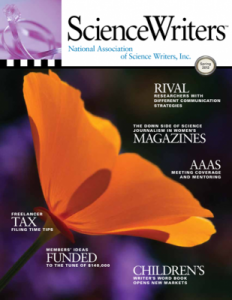by Jeanne Miller
“A zebra’s stripes may protect it from blood-sucking insects.”
May I say that in an article aimed at second graders?That wouldn’t be appropriate. “Protect” and “insect” are words that fourth graders understand, but not those in lower grades. I know that because when I write for young people I always keep the Children’s Writer’s Word Book close at hand. This book’s thesaurus is invaluable when writing for the children’s market. The book suggests “save” as a first-grade-level synonym for “protect” and “bug” for “insect.” But there’s a lot more to the book than a thesaurus. “Blood-sucking” isn’t in the book’s thesaurus, but the authors provide word lists by grade level, each preceded by a discussion of concepts introduced in that grade and guides to word usage and sentence length. There I find that readers learn about compound words in second grade, so “blood-sucking” should present no problem for them.
“A zebra’s stripes may save it from blood-sucking bugs.”
That works for me (and for second graders). The Children’s Writer’s Word Book also details national reading and comprehension standards and points to sources for science and technology standards. The authors describe publishers’ expectations and current trends in categorization of children’s literature, and they discuss the special requirements of the field.
When writing for young readers, it’s important to know your audience and their capabilities. This book makes targeting that audience easy. As a children’s writer, I find it’s the reference work I use the most.
Jeanne Miller is a freelance writer and book author. Her article “Skywalking for Science: Aloft in Redwood Space” (ODYSSEY magazine, April 2011) received the 2011 AAAS Kavli Science Journalism Award for Children’s Science Writing News.


